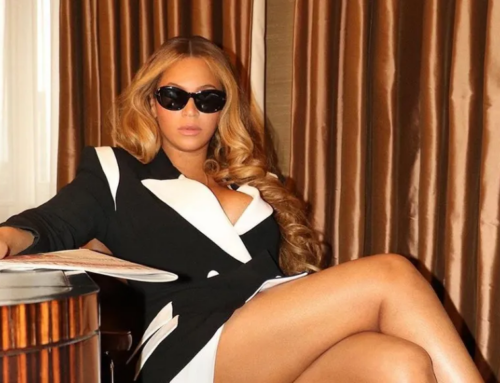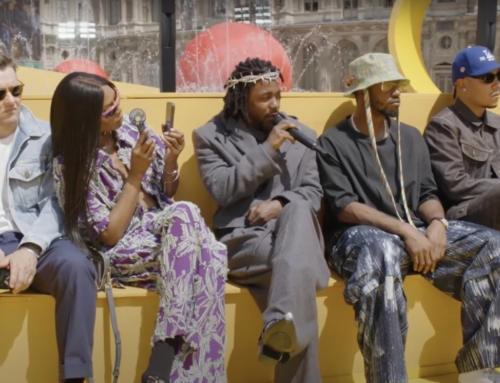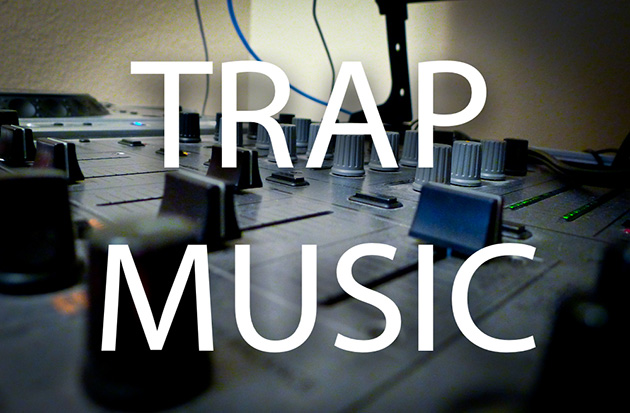 Trap music – the EDM variety that emerged last year with Baauer’s “Harlem Shake,” and not the hip-hop style that’s been around for roughly 20 years – has reached a fork in the road. No longer moving on a straight path slightly below mainstream EDM, the subgenre blending Southern hip-hop beats with house and electro now seems to peak with pop music while diverging off into another direction with its big-name performers.
Trap music – the EDM variety that emerged last year with Baauer’s “Harlem Shake,” and not the hip-hop style that’s been around for roughly 20 years – has reached a fork in the road. No longer moving on a straight path slightly below mainstream EDM, the subgenre blending Southern hip-hop beats with house and electro now seems to peak with pop music while diverging off into another direction with its big-name performers.
What ignited early in 2012 some say as a response to dubstep’s divergence is now going through the same conundrum: Defined sounds are no longer as clear cut, sub-subgenres starting to manifest, and pop stars now adopting this supposedly-edgy style.
The question, then, about trap music’s future is not will it continue but how.
The “Too Mainstream” Issue
Close to a year ago, Justin Bieber put out dubstep-influenced single “As Long As You Love Me,” officially transforming that rough wub-wub-wub South London club sound into a palatable product for U.S. teenyboppers; some cried foul at the “official” mainstreaming of dubstep, but at the same time, the subgenre had already been experiencing fracturing: post-dubstep for those tired of the “mainstream” cacophony of Skrillex; brostep for those who think dubstep is really electronic heavy-metal; robostep leaning more toward robotic and metallic-sounding samples; drumstep, a drum and bass meets dubstep subgenre; and even the tongue-in-cheek, slightly-classist term clownstep.
Out of this mainstream emergence and divergence, trap music was hailed as the “new dubstep” by those who didn’t seem to realize this form of hip-hop production had been around for close to two decades. But since getting adopted by EDM fans and aspiring young producers, trap has already, in about 18 months’ time, gone through a similar pattern: Certain producers got big on a mainstream level (think Baauer, as well as UZ, TrapZillas, and Carnage), and pop stars began adding the chopped-up, slowed-down, hip-hop-influenced EDM sounds to their songs.
 The first was Will.i.am and Justin Bieber’s collaboration “#thatpower” – which YILB.com described as the end of trap music. But while nothing good really comes out when Will.i.am tries his hand at electronic music, “#thatpower” is only a minor offense in poor trap adoption compared to Miley Cyrus’ “We Can’t Stop.” Although hip-hop trap producer Mike WiLL Made It is behind the former Disney star’s second attempt to “grow up,” “We Can’t Stop” smacks of a paycheck effort from a producer who could be doing far better and more interesting things.
The first was Will.i.am and Justin Bieber’s collaboration “#thatpower” – which YILB.com described as the end of trap music. But while nothing good really comes out when Will.i.am tries his hand at electronic music, “#thatpower” is only a minor offense in poor trap adoption compared to Miley Cyrus’ “We Can’t Stop.” Although hip-hop trap producer Mike WiLL Made It is behind the former Disney star’s second attempt to “grow up,” “We Can’t Stop” smacks of a paycheck effort from a producer who could be doing far better and more interesting things.
Meanwhile, Cyrus has embarrassingly taken on a hip-hop/trap persona that twerks at Juicy J (of Three 6 Mafia) shows while proclaiming she “love Sub-Subgenres and Moving on If you can ignore the cheesy mainstream adoption of trap sounds, producers within the genre itself are looking to something new. RunTheTrap.com points to specific sonic changes that started occurring post-“Harlem Shake”: Stepping away from Roland 808 samples and a move to other drum sounds without losing the distinct trap rhythm; more melodic experimentation from the standard cut-up-slow-down formula; harder styles, à la brostep; and greater use of samples. Within EDM trap itself, producers are beginning to lean more toward house sounds. In an interview with USA Today at Chicago’s Spring Awakening festival, Carnage admits he’s gravitating more toward the house influences of the subgenre. “You know, I’ve stopped making trap music,” he explained. “I’ve been working on a lot of house music. Before EDM trap, or festival trap, or anything, I’m just about music. I kind of said, ‘Yo, I’m not going to stop doing (trap), but I’m going to do this now.’ ” But part of the subgenre seeing a greater presence at festivals is the marketing aspect – which, according to duo TrapZillas in an interview with the Phoenix New Times, is taking its toll on the genre’s creativity. As trap producers get bigger, Logic Ali and Adolfo Salazar admit, ghost producing has turned into a necessity while big-name artists stay on the road and spend less time in the studio. Is It EDM? Hip-Hop? No One Knows What Trap Is In that May 2013 interview, Salazar pointed to one significant issue causing trap music to lack cohesion: Aside from the purists who insist trap should only be done a certain way (didn’t we see this with dubstep about two years ago?), the DJing and producer community has no clear definition of what, exactly, trap is. “I don’t know how to define it to a large extent because people…everybody has a different opinion of what [trap] is about,” Salazar told the Phoenix New Times. “So what my trap set might be to someone isn’t to another person.” The similarities, Ali explains, come from trap borrowing from practically all EDM genres. “Trap has sampled every genre, which is the exact same thing that hip-hop’s been doing its whole life, so trap is just, to me, like a new version of hip-hop and people are trying to give it a different name ’cause it’s so connected to EDM,” Ali said. “And EDM’s in love with giving stuff new names.” In this sense, EDM trap just piggy-backs on multiple genres while taking hip-hop along for the ride: It’s the point in which house, electro, and dubstep join together and, in leaning more toward one than the others, could soon be absorbed and assimilated: ratchet house, dub-hop, electro-hop, or whichever name you choose. While there’s a good chance hip-hop trap may continue in spite of an ex-Disney star’s ridiculous embracing, EDM trap might not be as lucky. With no clear definition, a foundation of excessive borrowing and sampling, and its producers each having a different interpretation, EDM trap’s likely a passing fad that’s seeing its final hour before it mutates into something else. What it’ll be, we’ll just have to wait and see.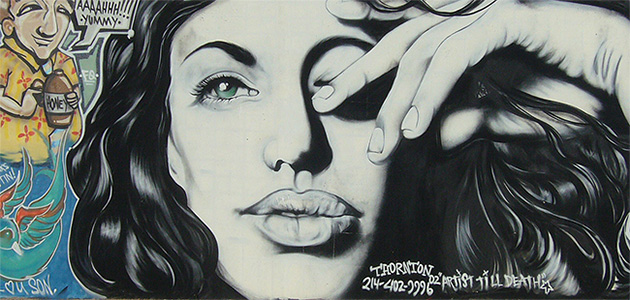
Part of this is inevitable, he goes into say. Within EDM trap, a style called “festival trap” has already started to take shape. Diverging from standard EDM trap, “festival trap,” Carnage said in his interview, is “just like big room house,” with a structure of ups and downs.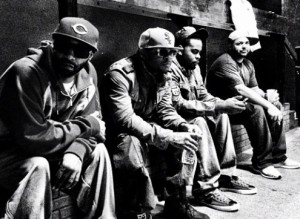 Earlier in the interview, Salazar provides examples of how close trap is to other subgenres. “[I]f I play a dubstep track at 140 [B.P.M.] with a lot of lasers in it, everybody thinks I’m playing a crazy trap drop,” he explains. In talking about house’s similarities to trap, he later states: “So if I’m playing a house song, it’s a ghetto house song, you know what I mean? It’s gonna have something about some b-tch’s ass or ratchet this or pop this, pot that.”
Earlier in the interview, Salazar provides examples of how close trap is to other subgenres. “[I]f I play a dubstep track at 140 [B.P.M.] with a lot of lasers in it, everybody thinks I’m playing a crazy trap drop,” he explains. In talking about house’s similarities to trap, he later states: “So if I’m playing a house song, it’s a ghetto house song, you know what I mean? It’s gonna have something about some b-tch’s ass or ratchet this or pop this, pot that.”



